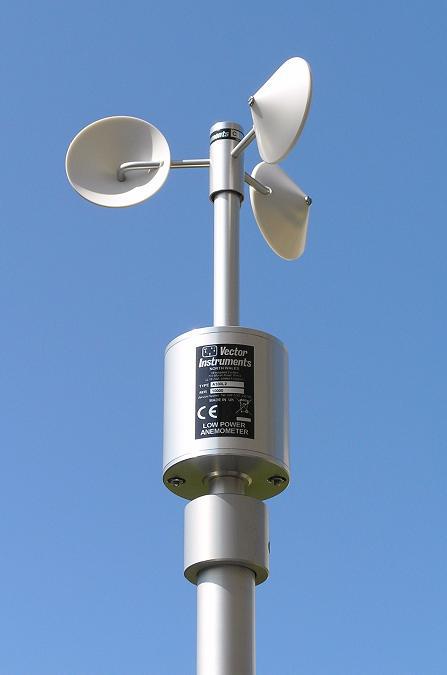Why an Anemometer is Vital for Your Environmental Data Collection
Why an Anemometer is Vital for Your Environmental Data Collection
Blog Article
All You Required to Understand About Anemometers: How They Work, Why They Issue, and Where to Utilize Them
Anemometers, though frequently forgotten in the world of clinical tools, play a critical role in various areas, supplying valuable insights into wind rate and air movement patterns. Comprehending the technicians behind these devices is crucial for anyone seeking to harness the power of this data. From meteorologists tracking weather patterns to designers making structures with wind loads in mind, the applications of anemometers are varied and significant. As we explore the details of anemometer technology, we will uncover the internal workings of these tools, their value, and the key considerations when choosing the ideal anemometer for details applications.

Anemometer Essentials
An essential tool made use of to determine wind speed and direction, the anemometer plays an important role in meteorology and different markets. An anemometer generally consists of 3 or 4 mugs that turn in the wind, a vane that directs into the wind, and sensors to track the rotations or motions.
There are numerous kinds of anemometers readily available, consisting of mug anemometers, vane anemometers, hot-wire anemometers, and sonic anemometers, each with its distinct features and applications. Cup anemometers are frequently utilized for basic wind rate dimensions, while vane anemometers are liked for directional dimensions. Hot-wire anemometers are ideal for low airspeeds, and sonic anemometers are suitable for high-precision measurements in study and commercial setups. Recognizing the fundamentals of anemometers is vital for accurate wind information collection and analysis throughout various industries.
Concepts of Anemometer Operation
Structure on the fundamental understanding of anemometer fundamentals, the principles of anemometer procedure illuminate the technicians behind wind rate and direction dimensions. Mug anemometers, for circumstances, have three or more mugs that record the wind, creating them to spin faster as the wind rate boosts. Hot-wire anemometers rely on a heated wire that cools down as wind passes over it, with the price of cooling figuring out the wind speed.
Value of Anemometers
Anemometers play an essential role in determining wind rate and direction, offering essential information for climate projecting, climate researches, ecological surveillance, and aeronautics procedures. Meteorologists rely on anemometers to gather exact wind information, aiding them understand weather patterns, predict tornados, and concern timely cautions to the public. Wind ranch drivers make use of anemometers to assess wind problems and take full advantage of electrical energy manufacturing from wind turbines.
Applications Across Various Industries
In the sustainable energy market, anemometers play a crucial role in evaluating wind conditions for wind farm placements, making sure ideal power manufacturing. Industries like construction and mining make use of anemometers to monitor wind speeds, vital for safety and security methods, specifically when functioning at elevations or in open-pit mines where solid winds can posture threats. In farming, anemometers aid farmers in taking care of plant splashing by offering real-time data on wind rate to avoid drift.

Selecting the Right Anemometer for Your Requirements
Selecting the ideal anemometer tailored to your details requirements is vital for acquiring precise wind rate and instructions dimensions. When picking an anemometer, consider factors such as the intended application, needed measurement variety, environmental problems, and wanted attributes. For basic purposes, a cup anemometer is appropriate for determining wind rate, while a vane anemometer supplies wind instructions data. Hot-wire anemometers are excellent for reduced airspeed dimensions, and ultrasonic read here anemometers great post to read supply high precision and toughness.

Verdict
In conclusion, anemometers play a vital duty in gauging wind rate and direction throughout various industries. It is vital to think about the relevance of anemometers in order to make educated choices when choosing the most appropriate device for gauging wind conditions.
There are numerous types of anemometers readily available, including cup anemometers, vane anemometers, hot-wire anemometers, and sonic anemometers, each with its special attributes and applications. Cup anemometers are generally used for fundamental wind rate dimensions, while vane anemometers are chosen for directional dimensions. Hot-wire anemometers are ideal for low airspeeds, and sonic anemometers are suitable for high-precision dimensions in research and industrial settings.Building on the foundational understanding of anemometer essentials, the principles of anemometer procedure illuminate the technicians behind wind rate and direction discover here measurements. For basic functions, a mug anemometer is appropriate for measuring wind speed, while a vane anemometer supplies wind direction data.
Report this page